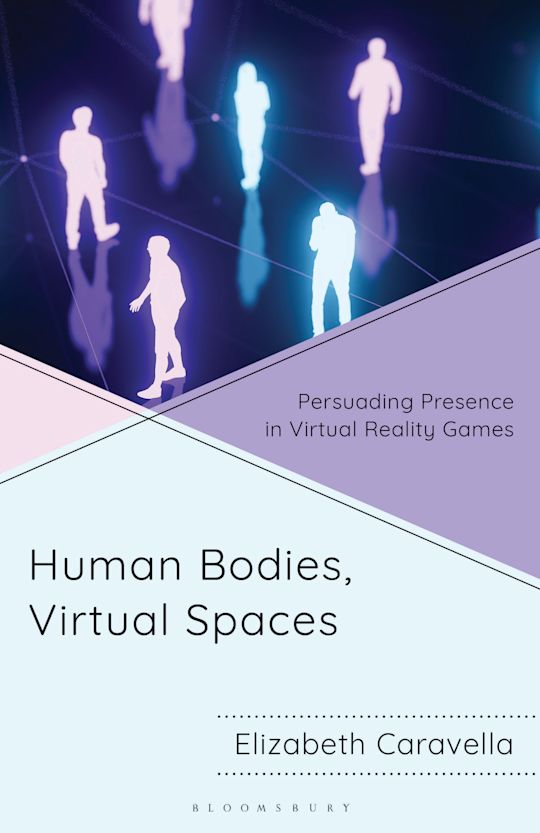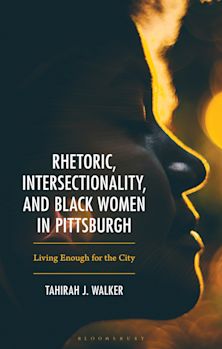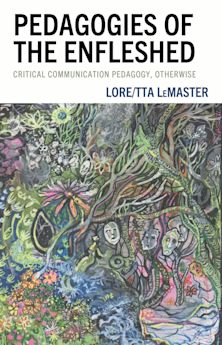- Home
- ACADEMIC
- Communication Studies
- Rhetoric
- Human Bodies, Virtual Spaces
Human Bodies, Virtual Spaces
Persuading Presence in Virtual Reality Games
Human Bodies, Virtual Spaces
Persuading Presence in Virtual Reality Games
You must sign in to add this item to your wishlist. Please sign in or create an account
Description
This book offers a corrective to the trend in virtual reality studies that overemphasizes the role of hardware technology and visual/auditory fidelity as the sole means of establishing users' sense of presence, and instead offers a more holistic, embodied, and human-focused means of understanding presence (through immersion, interactivity, and imagination) in virtual reality. The main questions tackled in this book address the role of the body in VR experiences, and how our bodies' navigation of these spaces influence users' sense of presence in such experiences.
Table of Contents
About the Author
Introduction: Why Study Presence in Virtual Reality Games?
1. Virtual Reality Through Time and Space
2. Dimensionality & Embodiment in Virtual Reality Games
3. Immersion & Presence in Rhythm Games
4. Interactivity & Procedural Rhetoric
5. Imagination, Affect, & Emotional Engagement
Conclusion: Persuading Presence as a Recursive Process
Product details

| Published | 11 Dec 2025 |
|---|---|
| Format | Ebook (Epub & Mobi) |
| Edition | 1st |
| Extent | 178 |
| ISBN | 9798765158234 |
| Imprint | Bloomsbury Academic |
| Illustrations | 3 tables |
| Publisher | Bloomsbury Publishing |
About the contributors
Reviews
-
This book offers a much-needed corrective to the technology-obsessed discourse surrounding virtual reality. Elizabeth Caravella demonstrates how our sense of "presence" emerges from the complex interplay between our embodied movements, spatial awareness, and the procedural design of virtual experiences themselves. Her framework examining immersion, interactivity, and imagination offers both scholars and VR designers practical insights for creating more meaningful and accessible virtual experiences.
Jason Tham, Associate Professor, Texas Tech University, USA
-
Elizabeth Caravella provides an important contribution to digital rhetoric by showing that presence in VR can be enacted through the persuasive power of procedural rhetorics; in doing so, she also advances our understanding of the critical intersections of the physical and the embodied that moves us beyond a simplified tech-centric understanding of presence.
Douglas Eyman, Associate Professor, George Mason University, USA

ONLINE RESOURCES
Bloomsbury Collections
This book is available on Bloomsbury Collections where your library has access.



































